My paternal grandparents took great pride in showing their grandkids the greatness of Norway. We went on a variety of trips with them, most of them outdoorsy, both near and far. The last trip my sister and I took with them was a boat ride along the Telemark Canal in southern Norway in 1997. Bonding while experiencing the Telemark Canal with its historic canal boats, numerous locks, and beautiful scenery was not the sole purpose of the trip, however. Dalen, a little town at the end of the canal route, had familial historical significance which our grandfather wanted to share with us.
We are reminded of this piece of family history every time we’re in Oslo because the name of my parents’ home, Mosto, comes from that time in our family history. The home even has its own nameplate on the gate post.
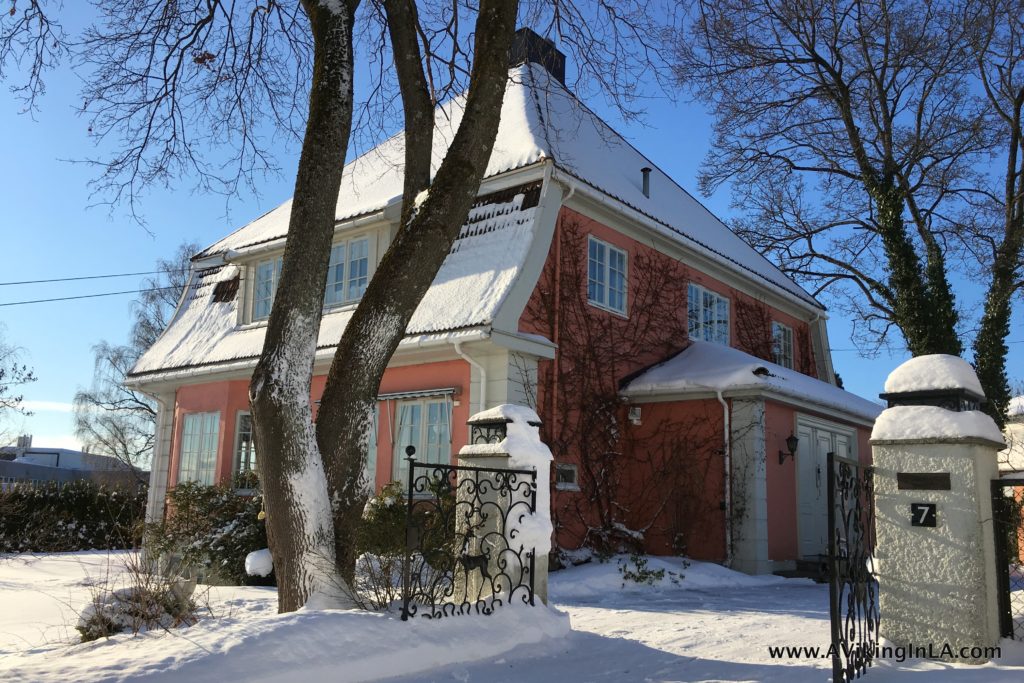
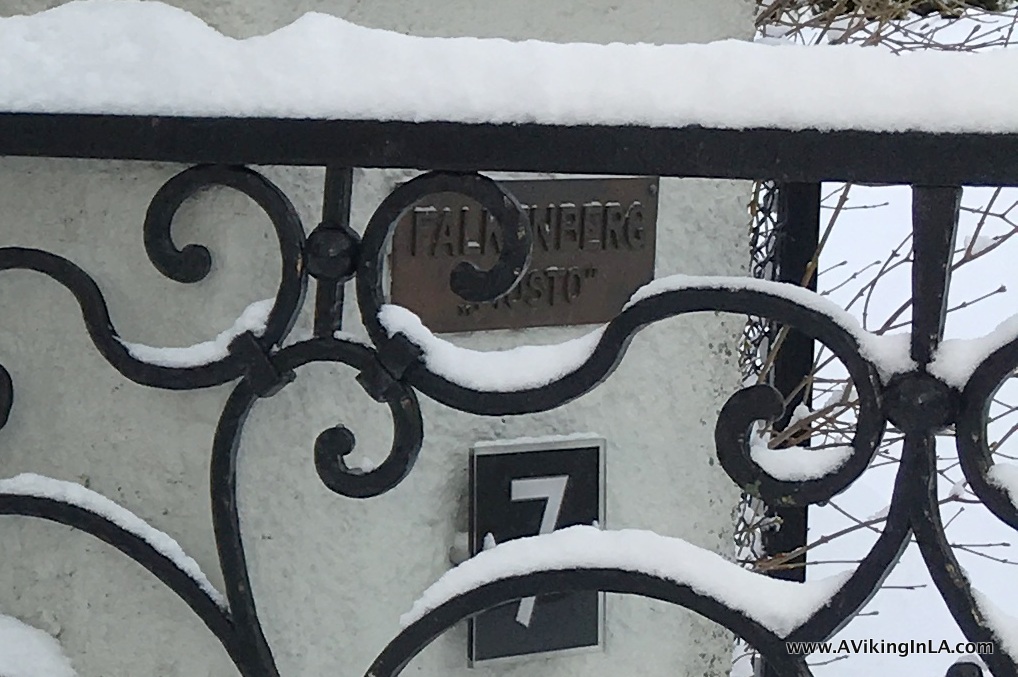
My grandfather was born February 25, 1915, when World War I was raging outside of Norway (1914-1918). His father was an engineer with a specialty in mining, and later that year, he along with his father and others, founded A/S Dalen Gruber (Dalen Mines), a molybdenum mine, of which my great grandfather became the director. Molybdenum was an important metal for the war industry. Once separated from other materials, it was mixed with steel to make armor steel. After the ore was mined, it was crushed, washed, and sent onwards via boat through the canal (which had been completed in 1892). It was mostly exported to England. The mine was in operation from 1916 to 1919, when suddenly there was no more ore to be mined. (View source and pictures of the mine).
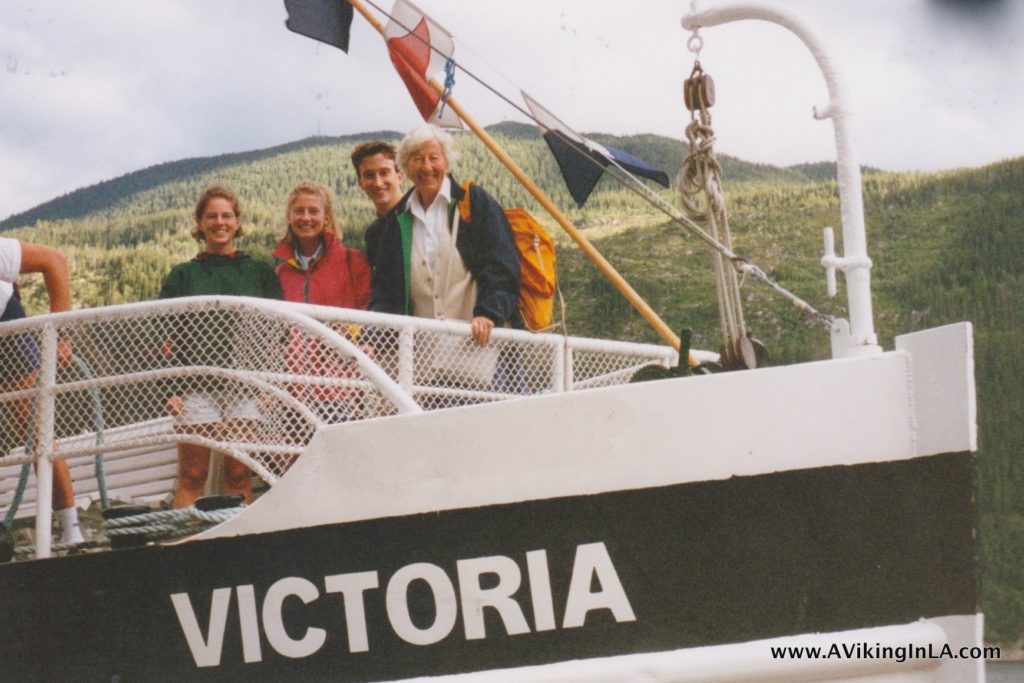
In 1997, my sister and I (and my sister’s husband-to-be; my fiancé had to return to LA for work) boarded M/S Victoria in Skien with my grandparents and spent a leisurely day motoring through the Telemark Canal with its eight lock systems connecting lakes and rivers.

We wrapped up our exploration of Telemarkskanalen with a stay at historic Dalen Hotel. Dalen Hotel opened in 1894 and was highly regarded in Europe with visits by royalties and other prominent guests. It’s known as the “fairytale” or “dragon hotel,” its architecture inspired by the Viking era and stave churches. It’s really a sight to be seen!
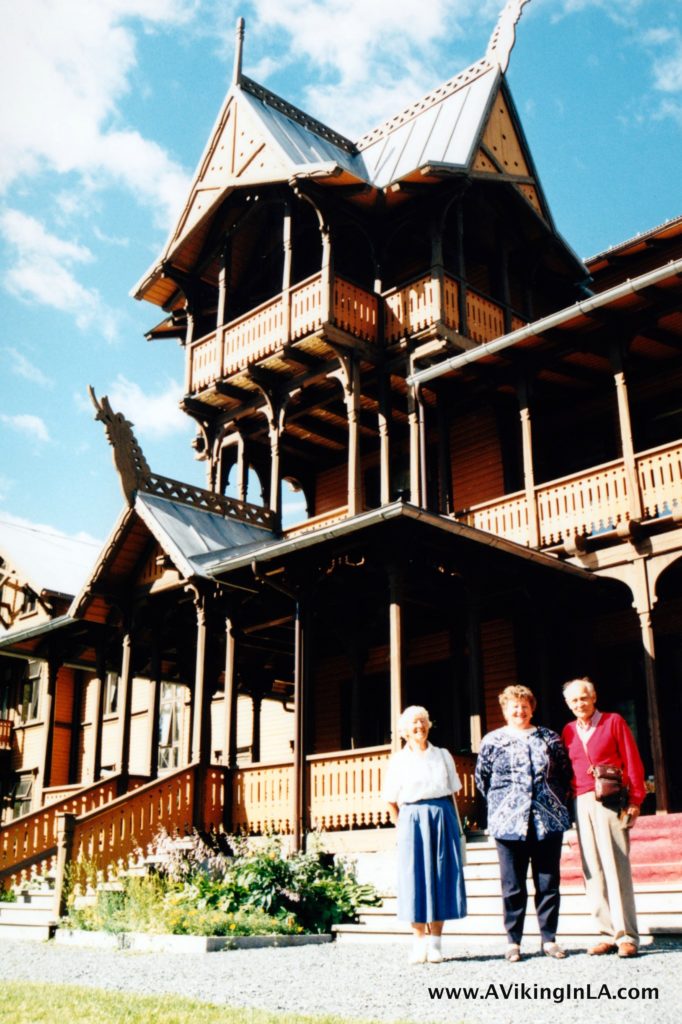
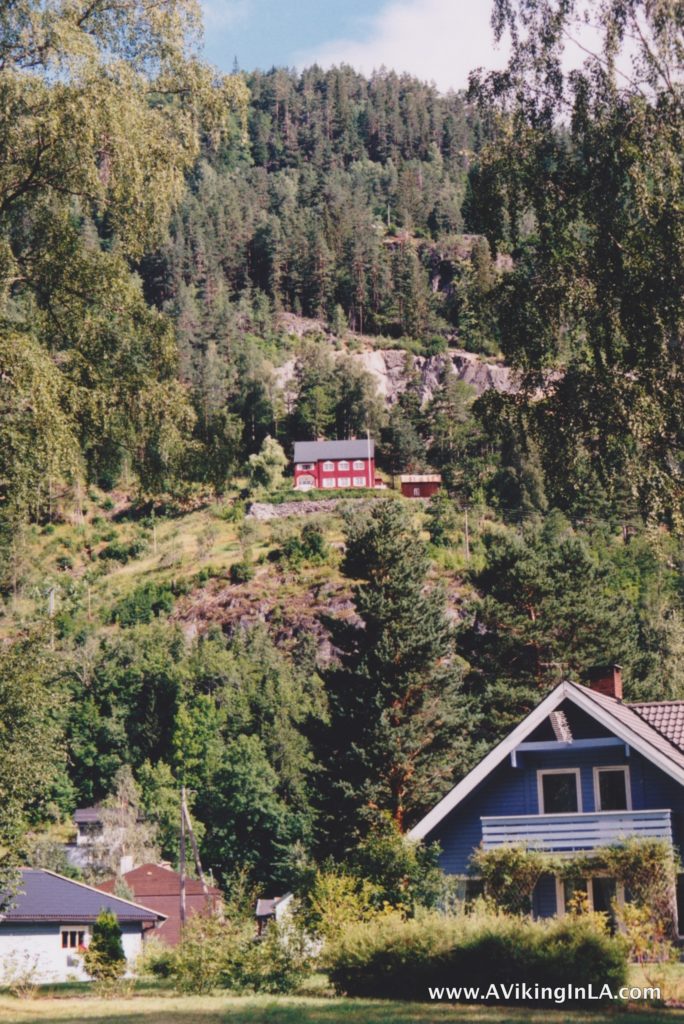
The house in which my grandfather’s family lived in Dalen for three years is the only building left of all mining operations. It is easily seen from the parking lot of Dalen Hotel, the red house up on the hillside.
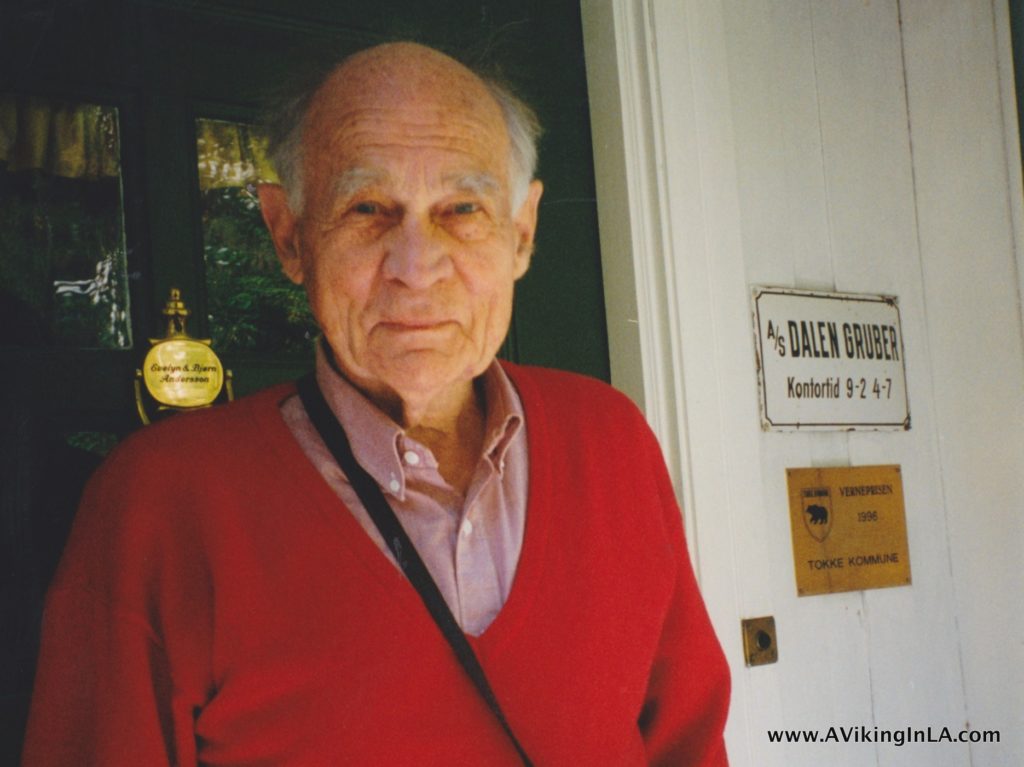
With my grandfather, we even made our way up to the house for a closer look. When his family left Dalen in 1918, they moved to Oslo and into a newly constructed home. They named the house “Mosto” which is derived from MoS2 (sorry, can’t do the subscript 2), the chemical formula for molybdenite, the principal ore for molybdenum. This is the home my parents now live in.
This summer it was my parents’ turn to show their grandkids some of the greatness of Norway, and my husband and I came along, too. Telemarkskanalen and Dalen were of course on the itinerary (but by car, not boat) and my parents had added some other notable historical and geographical sights as well which I was very eager to see.
The road trip started from my parents’ summer home in Kragerø along the coast. To get a feel for what Telemarkskanalen is, we stopped at Vrangfoss Locks, the largest and most impressive of the eight lock systems along the canal. Coincidentally, we timed our stop perfectly and had the chance to watch as two leisure boats plus a canoe went through the lock system. It’s interesting to note that all the work – opening and closing of each of the 5 five chambers of the lock system – is still done manually by a team of about 4 people. It takes about 45 minutes to pass through the whole lock system at Vrangfoss.
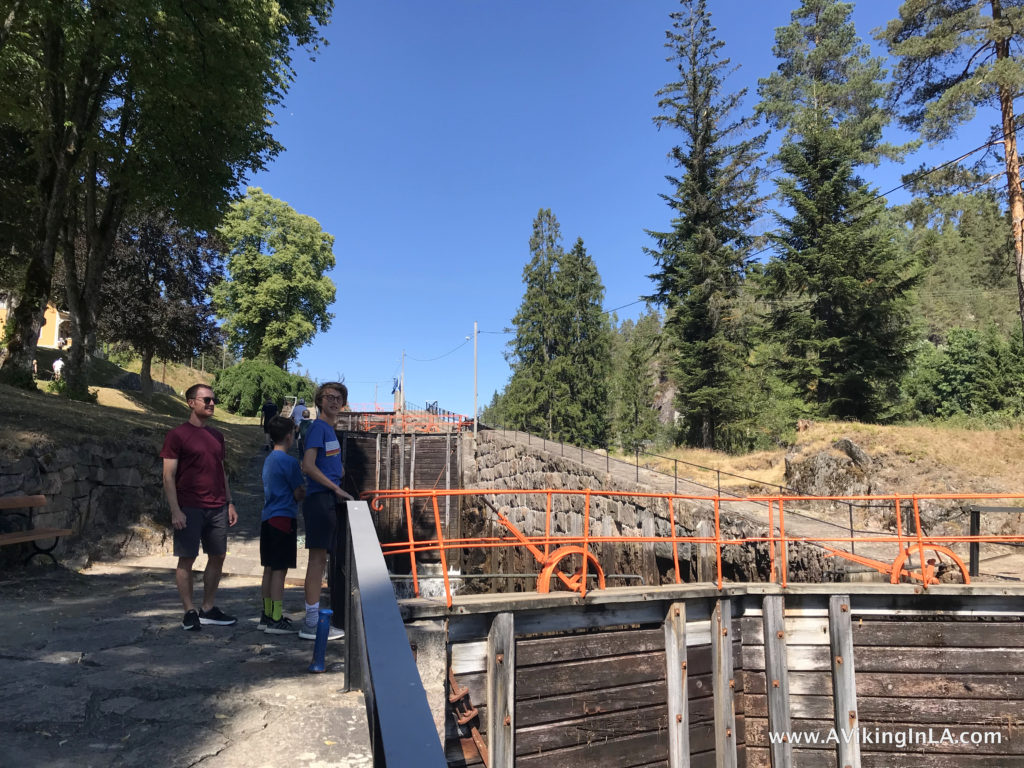
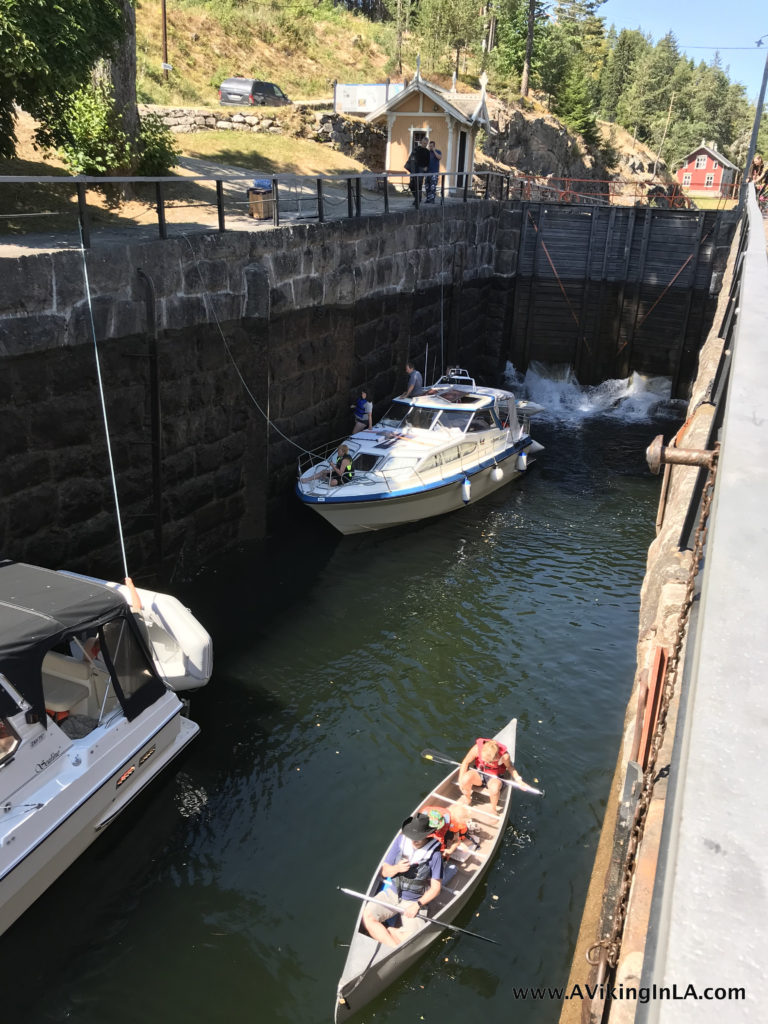
After our stop at Vrangfoss, our road trip took us away from Telemarkskanalen to Heddal Stave Church, an 800-year-old wooden church and Norway’s largest stave church. Stave churches are a unique feature of Norway’s cultural history. Researches believe there were just under 2,000 stave churches in Norway at one point. Only 28 remain. I’m glad to have added another to my boys’ repertoire. They have now visited three stave churches – Heddal, Lom (last summer’s road trip), and the reconstructed Gol Stave Church in Oslo at the Norwegian Museum of Cultural History.

After exploring Heddal Stave Church and its intricate carvings, we headed up into the mountains for a two-night stay near the mountain top Gaustatoppen and sight-seeing in the area (which will be its own blog post).
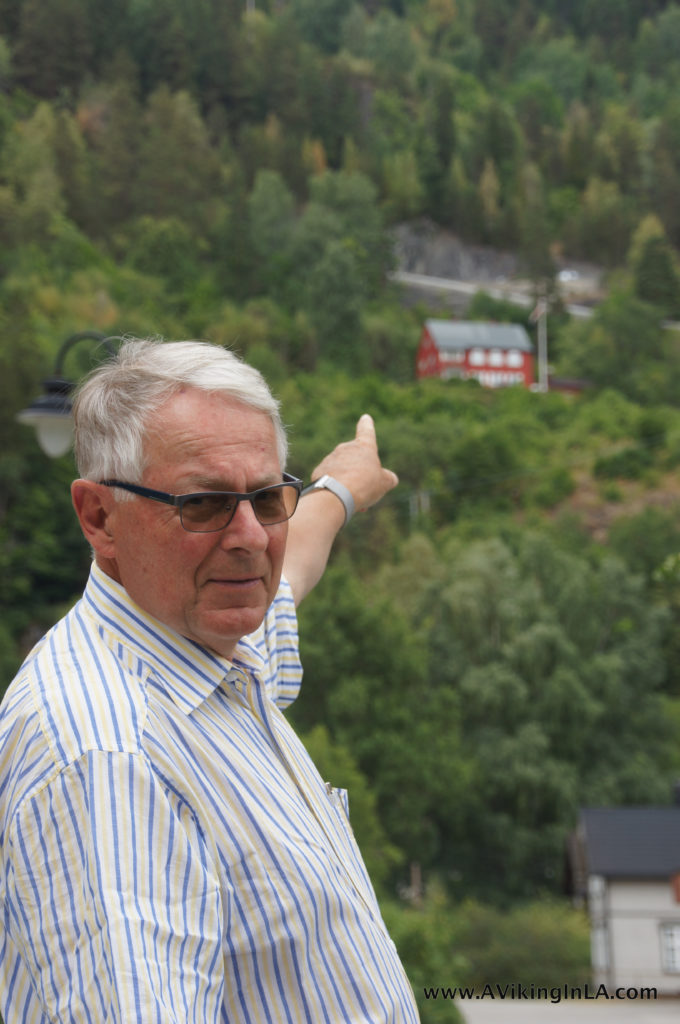
Two days later, on our return to Kragerø, we revisited Telemarkskanalen, specifically Dalen. My father pointed out his father’s early childhood home up on the hillside and we discussed the connection to their home in Oslo. At Dalen Hotel we enjoyed a late lunch with a view of the lake before getting back on the road.

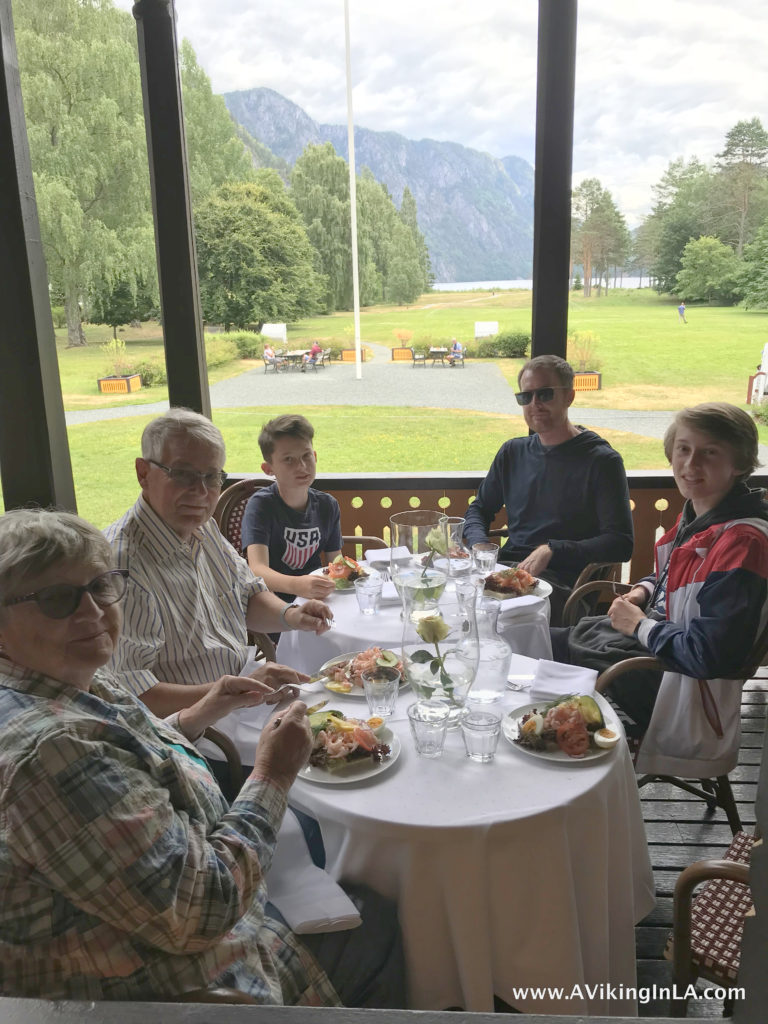
This wrapped up the experiential family history lesson. I’m grateful to my parents for making this trip possible, and I’m happy my kids now have an understanding of and connection to the name of the Oslo home they visit every summer.
P.S. Would you like to experience the Telemark Canal yourself? You could of course travel to Norway and do so in person, but Netflix also offers you the opportunity to experience the daylong adventure from the comfort of your own coach and at your own pacing at Slow TV: The Telemark Canal (fast forward to 3:36:00 to watch as M/S Victoria nears Vrangfoss Locks).

